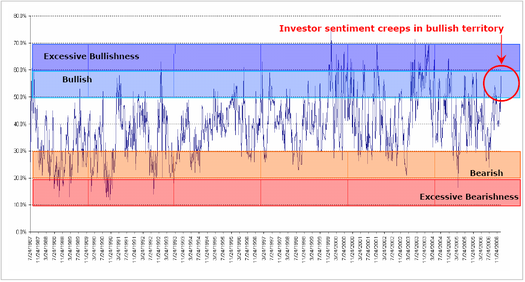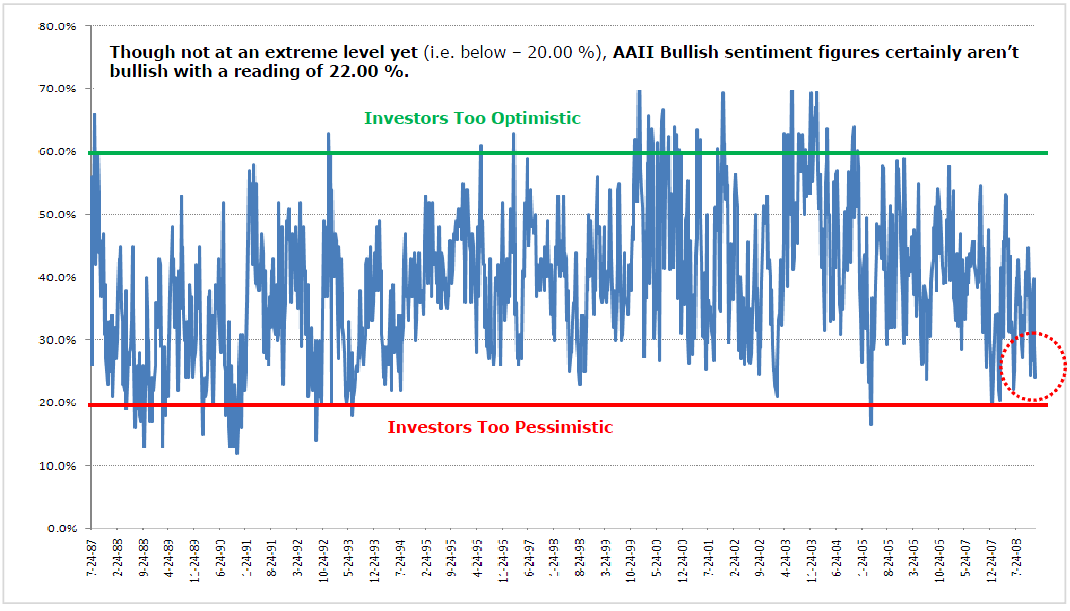AAII The American Association of Individual Investors
Post on: 12 Апрель, 2015 No Comment

Chart
Cash generation is king for many investors selecting stocks. Earnings, dividends, and asset values may be important factors, but it is ultimately a company’s ability to generate cash that fuels the growth in these factors. Strong cash flow allows a company to increase dividends, develop new products, enter new markets, pay off liabilities, buy back shares, and even become an acquisition target.
Earnings and earnings multiples dominate standard measures of firm performance and stock price valuation. However, slight accounting differences make it difficult to track earnings over time or between firms. Actual cash flow is free from many of these problems of comparability across firms and consistency over time.
Traditional Cash Flow Measures
Cash flow has traditionally been calculated by adding non-cash expenses back to earnings after taxes and subtracting dividend payments. Non-cash expenses such as depreciation, amortization, and depletion are taxable expenses that appear on the income statement but require no cash outlays. They represent the accountant’s attempt to measure the reduction of the book value of assets as the assets are depleted. While dividends are a discretionary item, they are a real cash outlay that is not tax deductible and is not reflected in earnings. Subtracting dividends and adding back non-cash expenses to earnings provides an estimate of cash flow.
This widely-used cash flow estimate has many weaknesses that arise out of the use of accrual accounting for the calculation of the income statement. Accrual accounting attempts to match expenses to revenues when the revenues can be expected to be recognized. For example, cash used to build up inventory will not be reflected as an expense on the income statement until the inventory is sold. But even then, the recognition of this inventory cost may vary from firm to firm if one company uses a last in, first out (LIFO) method to measure the cost of inventory sold while another firm uses a first in, first out (FIFO) method. Higher sales may not translate into higher cash flow if accounts receivable are allowed to grow faster than sales. Prepaid expenses such as income taxes and software development costs may not flow through the income statement when the costs are incurred. On the other hand, much like a personal checkbook, cash accounting tracks cash inflows and outflows directly when they actually occur.
Accrual accounting introduces many interpretations and estimates by management into the financial statements. Decisions regarding the capitalization of expenses, the recognition of revenue, the creation of reserves against losses, and write-off of assets are examples of just a few of the factors that may vary from firm to firm. Many of these issues are factors that relate to the quality of a firm’s earnings. Since the traditional cash flow estimate is tied directly to earnings with few adjustments, it represents a weak estimate of the firm’s actual cash flow. (For more information on understanding financial statements, click here .)

To read more, please become an AAII member or login .
94% of AAII Stock Screens Outpace the Market.
AAII Stock Screens offer you access to a wide range of stock strategies and investment approaches. We update our stock screens monthly, covering over 50 stock investing strategies as well as the companies that pass each screen.














